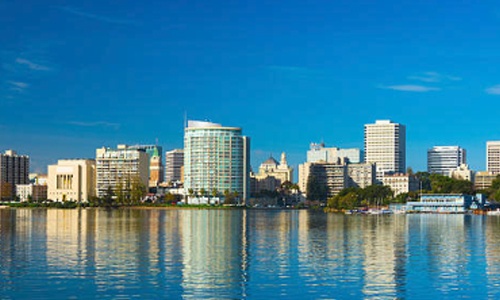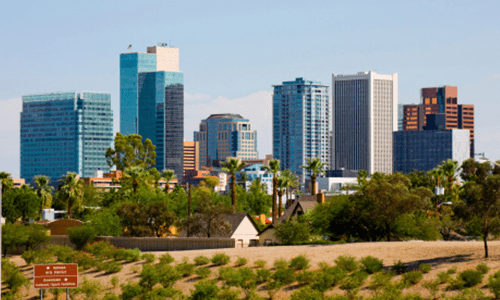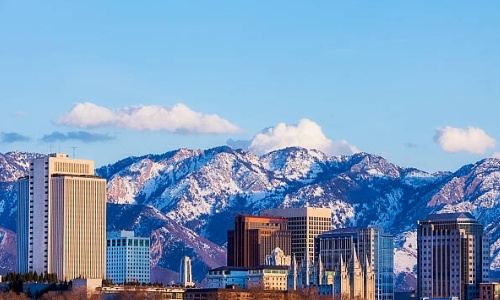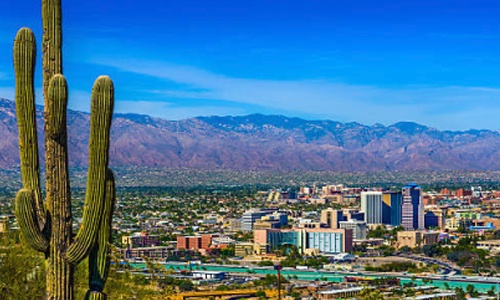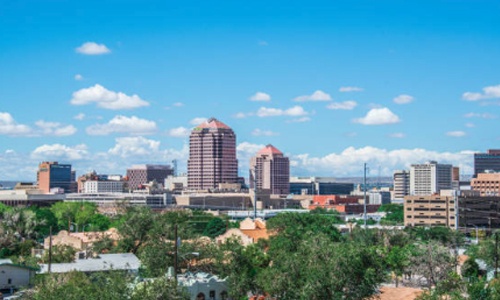
Albuquerque, NM
The largest city in New Mexico, Albuquerque is also its economic center; it accounts for nearly half of the state’s economic activity. Part of its success can be attributed to a diverse economic base consisting of government, services, trade, agriculture, tourism, manufacturing, and research and development. In 2004 Forbes magazine ranked Albuquerque the 12th best city in the nation for doing business. The Rio Grande River valley contains rich farm and pasture lands that support a sizable food industry, based mainly on fruit and produce, in the Albuquerque area. Since its early years as a stop on the Santa Fe Trail, the city has been a transportation and service center. Albuquerque is also home to more than 700 manufacturing firms—many of them located in well-planned industrial parks—that produce such goods as trailers, food products, electronic components, neon and electric signs, hardware, and machine tools. Among the major manufacturing firms that call Albuquerque home are Intel, GE, and General Mills. The Rio Grande Research Corridor, a constellation of high-technology industries, sprang up in the wake of the development of nuclear research during and after World War II. Each year, more than $4 billion is spent on research and development in the region. The area’s major employers are part of this complex. Sandia National Laboratories, a government research and development lab, is involved in laser technology and solar energy. Kirtland U.S. Air Force Base, the area’s largest employer and the sixth-largest military base in the world, is a weapons research center. In 2004, the value of the base’s economic impact to Albuquerque was $3.3 billion. For nearly a century people have valued Albuquerque for its dry air, which is especially beneficial to those with respiratory problems. Today the city’s medical services and facilities are a vital part of the local economy. The year-round sunny weather attracts pleasure seekers as well; more than four million tourists visit Albuquerque each year, to ski the Sandia Mountains and to absorb the city’s rich ethnic heritage. Items and goods produced: machine tools, fabricated structural steel, furniture, hardware, textiles, paints, varnishes, fertilizers, scientific instruments, electronic equipment, neon and electric signs, native American jewelry and curios.






